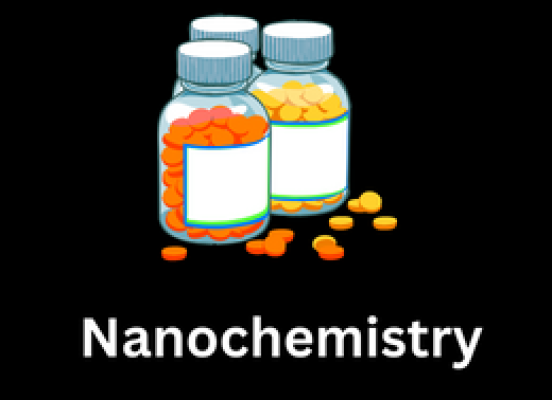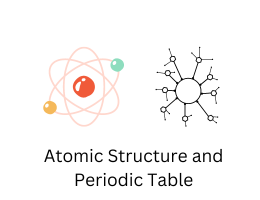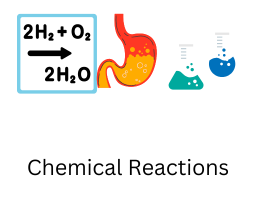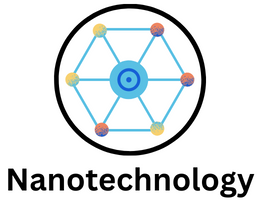
Nanochemistry
Nanochemistry: Revolutionizing Drug Delivery, Energy Storage, and More
- By admin --
- Friday, 24 Mar, 2023
Nanochemistry is an emerging field of science that deals with the synthesis and study of nanomaterials. These materials have unique physical and chemical properties, which make them ideal for use in a wide range of applications, including drug delivery, energy storage, catalysis, and many others.
One of the most significant areas where nanochemistry is making a huge impact is drug delivery. The use of nanoparticles in drug delivery has revolutionized the pharmaceutical industry. Nanoparticles can be engineered to be biocompatible, which means they can be used to deliver drugs directly to target cells without affecting healthy cells. This targeted drug delivery method not only increases the effectiveness of drugs but also reduces side effects and toxicity.
In addition to drug delivery, nanochemistry is also changing the way we store and use energy. Nanomaterials such as carbon nanotubes, graphene, and metal oxides have been developed to store energy more efficiently and cost-effectively than traditional methods. These materials are being used to develop new and improved batteries, solar cells, and fuel cells.
Nanochemistry has also been applied to catalysis, which is the process of increasing the rate of a chemical reaction. Nanocatalysts are being developed to catalyze reactions that are difficult or impossible to achieve with traditional catalysts. These nanocatalysts are more efficient and can be reused multiple times, making them more cost-effective and environmentally friendly.
Overall, nanochemistry is a rapidly evolving field that is changing the way we approach many scientific and technological challenges. Its impact can already be seen in the development of new and improved drugs, more efficient energy storage systems, and more sustainable chemical processes.
- Drug Delivery: Nanoparticles used in drug delivery are typically between 1 and 100 nanometers in size, which is about 1000 times smaller than a human cell. These nanoparticles can be engineered to have specific properties, such as a surface coating that allows them to target specific cells or tissues. This targeted drug delivery approach allows drugs to be delivered directly to the site of the disease or infection, which can improve efficacy and reduce side effects.
Nanoparticles can also be used to improve the solubility and stability of drugs, which can be a challenge for some drug compounds. For example, drugs that are insoluble in water can be encapsulated in a nanoparticle that is water-soluble, which makes it easier for the drug to be absorbed and distributed in the body.
- Energy Storage: Nanomaterials are being developed for use in energy storage applications, such as batteries, supercapacitors, and fuel cells. These materials have unique properties, such as high surface area and high conductivity, which can improve the efficiency and performance of energy storage devices. For example, carbon nanotubes and graphene have high electrical conductivity and can be used as electrodes in batteries and supercapacitors. Metal oxides, such as titanium dioxide and zinc oxide, have high surface area and can be used in solar cells to improve efficiency.
- Catalysis: Nanocatalysts are being developed to improve the efficiency and selectivity of chemical reactions. These catalysts are typically made from nanomaterials such as metal nanoparticles, metal oxides, or carbon nanotubes.
One example of a nanocatalyst is platinum nanoparticles, which are used in catalytic converters to reduce the emissions of harmful gases from automobiles. Nanocatalysts are also being developed for use in the production of chemicals, such as the conversion of biomass into biofuels.
In addition to these applications, nanochemistry is also being used in fields such as materials science, electronics, and environmental remediation. For example, nanomaterials can be used to develop stronger and lighter materials for use in aerospace and construction, or to remove pollutants from water and soil.





